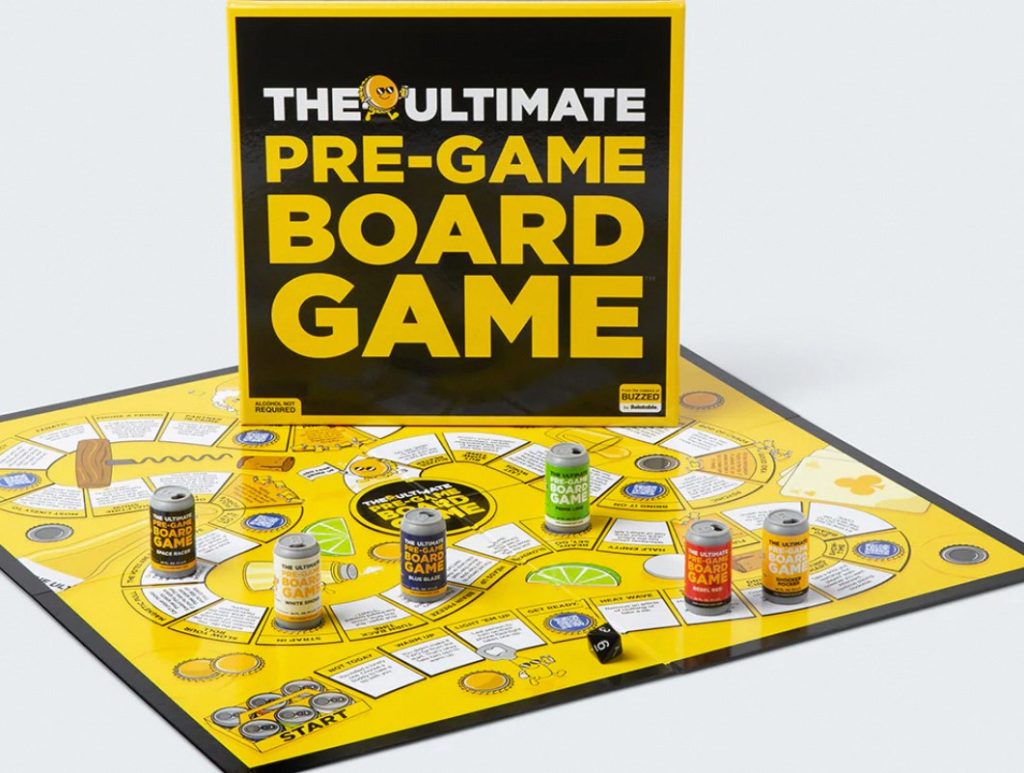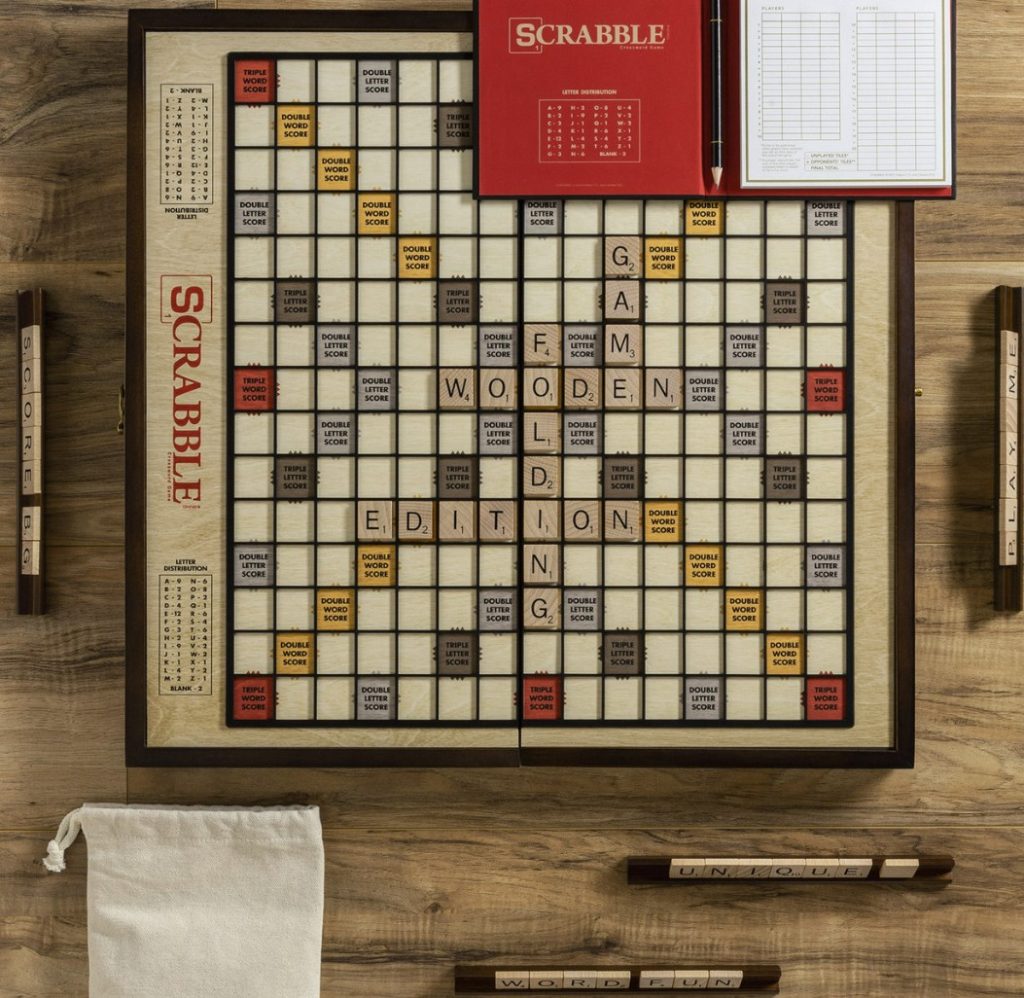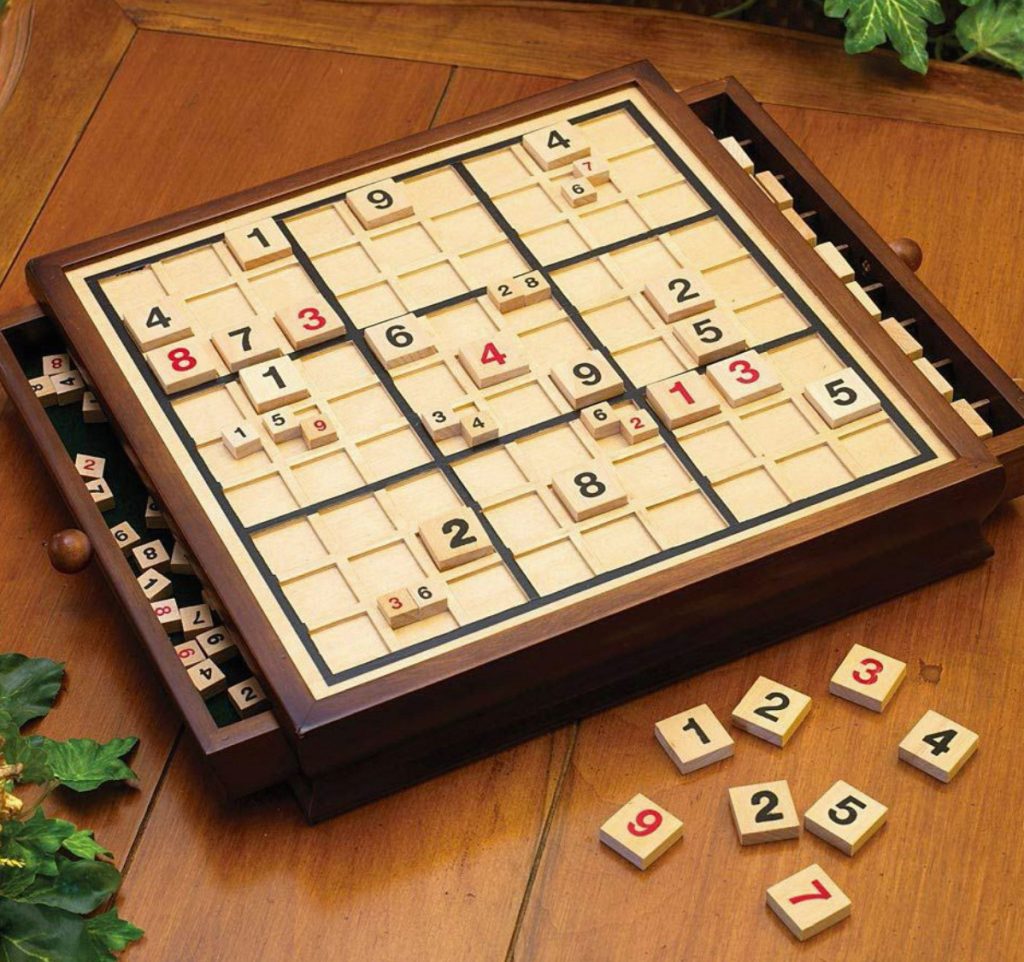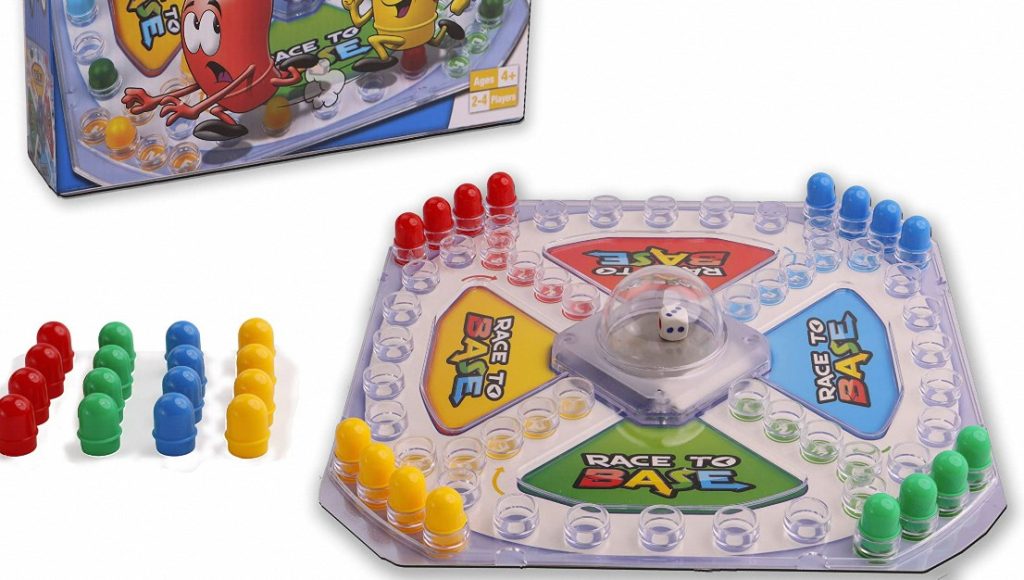Board games offer a timeless blend of strategy, chance, and friendly competition. But what if you could take the experience a step further and create your own game? Designing your own board game is a fantastic way to unleash your creativity, craft a personalized experience for friends and family, and bring a unique concept to life. This article will guide you through the exciting process, exploring the key steps involved in crafting your very own board game.

Part 1: Brainstorming Brilliant Ideas
Theme & Genre:
The first step is to identify the theme and genre of your game. Will it be a thrilling adventure game, a cooperative challenge, or a lighthearted party game? The theme can be anything from pirates searching for treasure to mastering culinary skills in a kitchen. Consider your interests and the interests of your target audience when choosing a theme.
Mechanics & Gameplay:
After defining a captivating theme for your board game, it’s essential to delve into the mechanics that will shape the gameplay experience. Consider the fundamental aspects of your game: Will it revolve around rolling dice, drawing cards, or possibly a combination of both? Reflect on how players will interact with the game board and with each other. By contemplating popular game mechanics that you personally enjoy, you can explore how to adapt and integrate them into your unique concept. Analyzing successful game mechanics within your preferred genre can inspire innovative adaptation, blending familiar mechanics with novel twists to enhance the appeal of your game. Furthermore, by developing and harmonizing the game mechanics with your chosen theme, you can create a seamless and engaging gameplay experience. By ensuring that your board game’s core mechanics are aligned with your creative vision, you can provide players with an immersive and enjoyable gaming experience.

Part 2: Building the Foundation
The Game Board:
The creation of a game board is a vital aspect of game design, serving as the central platform on which your concept unfolds. Whether crafted on paper, cardboard, or via digital design software, the game board sets the stage for the entire gaming experience. Sketching out the layout involves thoughtful consideration of the game’s flow and accommodating the intended number of players. Visualizing the paths, spaces, and regions is critical to ensure a cohesive and engaging gameplay environment. Moreover, incorporating special spaces with unique actions or consequences can introduce strategic depth, elevating the complexity and decision-making involved in the game. These specialized spaces can offer players advantages, present challenges, or trigger specific events, contributing to the dynamic nature of the gameplay.
Game Pieces:
In every board game, the inclusion of pawns or tokens is essential. They represent the players and facilitate their movement across the game board. These game pieces serve as a tangible and visual representation of the players’ positions. They add a tactile dimension to the gaming experience. Buttons and coins can serve as simple yet effective tokens. Incorporating miniature figurines or custom-designed pieces can enhance the thematic and visual appeal of the game. Selecting game pieces that align with the theme and setting of the game is important. It can create a more immersive and engaging experience for the players. Personalizing the game pieces through creative designs, colors, or unique characters can imbue the game with a sense of individuality and charm. This adds to the overall enjoyment of the gaming experience.

Part 3: Adding Layers of Fun
Cards & Chance Elements:
Incorporating cards into your board game can add layers of excitement and complexity. Cards provide a versatile way to introduce elements of chance, strategy, or humor into your game, enhancing the overall gameplay experience. You have the opportunity to create diverse decks of cards, each serving different purposes within the game. For example, you can design decks for drawing items, encountering challenges, or gaining special abilities, allowing players to interact with the game in varied and dynamic ways. By carefully crafting the content of each card, you can introduce a range of outcomes, events, or actions that can influence the progression of the game and create memorable and engaging moments for players. Whether it’s a surprise twist, a strategic decision, or a humorous interaction, the use of cards can significantly enrich the gameplay, bringing depth, surprise, and excitement to your custom-designed board game.
Instructions & Rulebook:
Developing clear and concise instructions is pivotal to ensuring a seamless and enjoyable gameplay experience for your board game. When crafting the rules, it’s essential to present them in a well-organized manner, catering to both beginner and experienced players. Clearly outlining the objective of the game is fundamental. Describing the setup process and detailing the gameplay mechanics are also important. Explaining how to achieve victory should be addressed in the rulebook. Providing examples, visual aids, and easy-to-understand language can enhance the clarity of the instructions. This helps players grasp the game’s concepts and rules more effectively. Presenting the rules in a logical and comprehensive manner can reduce confusion and encourage player engagement. It can create a more immersive and enjoyable gaming experience. Well-crafted instructions are an invaluable tool for guiding players through the game. They enable players to fully comprehend and appreciate the intricacies of your custom-designed board game.

Part 4: Playtesting & Polishing
Test Runs & Refinement:
Playtesting serves as a crucial stage in the development of your board game. By bringing together a group of friends or family to test the game, you can observe their interactions and gather valuable feedback. This initial playtesting session allows you to identify any imbalances, unclear rules, or areas that require improvement. Paying attention to how the players engage with the game is important. The level of enjoyment and any confusion they encounter can provide insight into the game’s strengths and weaknesses. Observing their reactions is key. Understanding which aspects they find engaging or challenging is also important. Noting their suggestions or criticisms is essential for refining the game mechanics and enhancing the overall player experience. Through this process, you can fine-tune the game. Making adjustments based on the feedback received is crucial. Ultimately, this can improve the overall quality and enjoyment of the game for future players.
Presentation & Polish:

Once the gameplay is refined, focus on the visual presentation. Design eye-catching artwork for the game board, cards, and rulebook. You can even create a custom box to store all the game components.
Crafting your own board game is a rewarding journey. It allows you to express your creativity and share it with others. By following these steps and unleashing your imagination, you can bring your unique game concept to life. You can create countless hours of fun for yourself and your fellow players.


